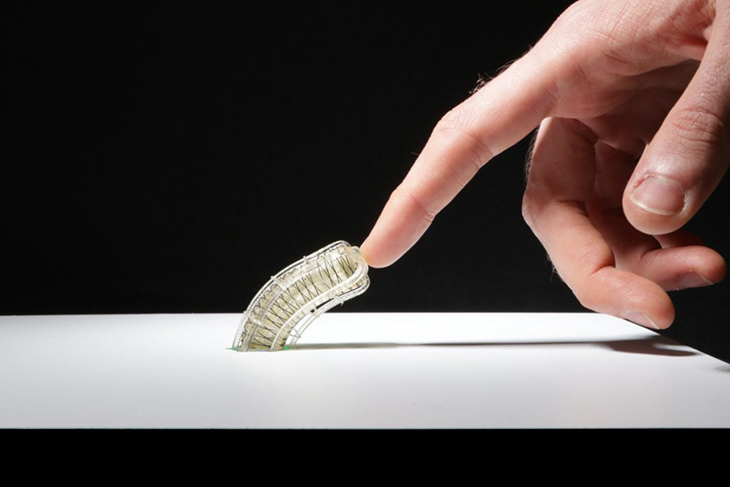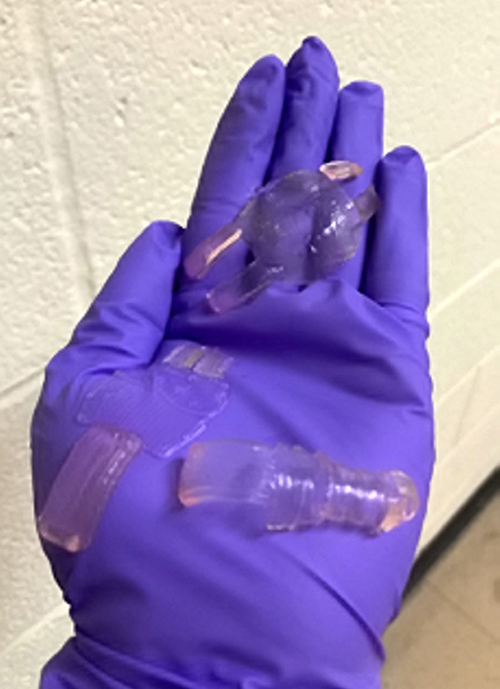
Finally, there’s a “soft robot” that has the ability to move its way through the human body with the help of changing temperatures. This could be an even better way to deliver precise doses of vital medications in the areas needed.
These are aptly called “gelbots.” While these aren’t really robots in any way, they are rather small capsules that are filled with a water-based gel. They are able to move like a tiny robotic inchworm by expanding and contracting as it pushes itself forward.
Traditional robots are made almost out of hard materials such as metals and plastics. This was the biggest obstacle in the push to create robots that were specifically made for human biomedical advancements.
When you touch these water-based gels, these will feel like gummy bears. Because they have just been used recently in the field of soft robotics, its uses and capabilities show a lot of promise. Researchers who have studied these were able to demonstrate that gels that swell or shrink as a response to changing temperature can be utilized in the creation of smart structures.

The Johns Hopkins University team were able to demonstrate for the very first time how swelling and shrinking gels can be strategically manipulated so that the robots are able to go forward and backward on flat surfaces. These can also be used to have these crawl in certain directions with an undulating, wave-like movement.
“It seems very simplistic but this is an object moving without batteries, without wiring, without an external power supply of any kind—just on the swelling and shrinking of gel,” said David Gracias, a professor of chemical and biomolecular engineering at Johns Hopkins University and the senior author of the research.
“Our study shows how the manipulation of shape, dimensions and patterning of gels can tune morphology to embody a kind of intelligence for locomotion,” he added.
Aside from being able to deliver targeted medications within the body, the development team is also looking into using them for monitoring the ocean floor.
These gelbots have been made with not just simple materials. This is why the team behind it 3D-printed these and posited it as another plus for the area of soft robotics and say that these could even be better than hard robotics.
Gracias has hopes in training the gelbots to crawl as a response to the different human biomarkers and biochemicals. For now, skin surface temperature manipulation with hot and cold objects help move it inch by inch within the body.
Gracias is also making plans to test other worm and marine organism-inspired shapes and forms. He wants to include the designs in cameras and sensors found on their bodies.
Locomotive robots, even the ones that they have now, have remained similar to human and other animal forms. The softer robotic configurations will enable engineers to explore further and maybe look into other designs , such as the other inchworm inspired robot from MIT.
The said robot utilizes 12-sided hollow cubes as both its body parts and as a bendable building material. The design itself allows experts to construct more robots and be able to disassemble them depending on what’s required.



